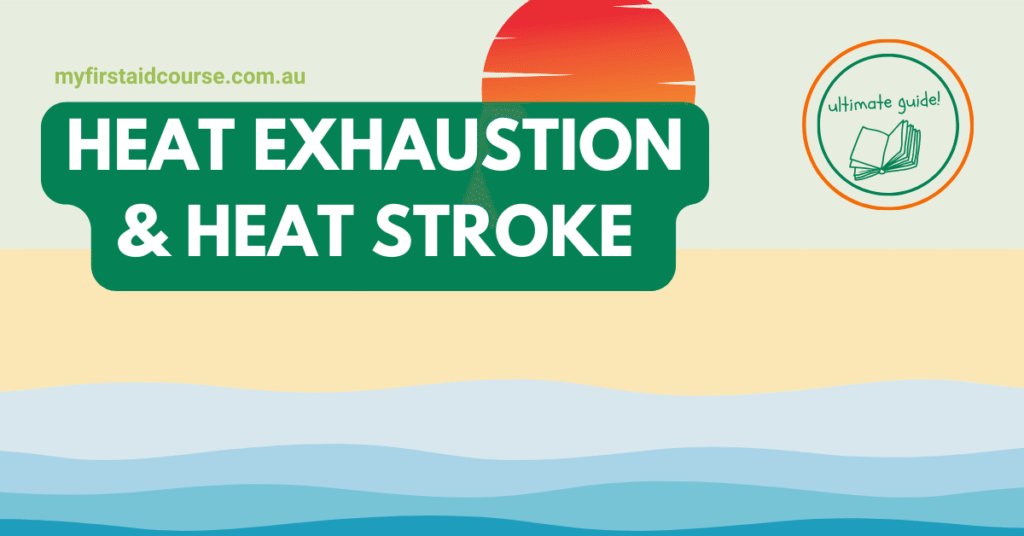
Introduction
Heatstroke is a severe heat-related illness that occurs when the body overheats, typically due to prolonged exposure to high temperatures or physical exertion in hot weather. It is a medical emergency that can lead to organ damage or even death if not treated promptly. Prevention is crucial, especially during summer months or in hot climates. This article provides a detailed guide on how to prevent heatstroke effectively.
Understanding Heatstroke
Before diving into prevention, it’s essential to understand what heatstroke is and how it affects the body.
What is Heatstroke?
Heatstroke occurs when the body’s temperature regulation system fails, causing core temperature to rise above 104°F (40°C). Unlike heat exhaustion (a milder form of heat illness), heatstroke requires immediate medical attention.
Types of Heatstroke
- Exertional Heatstroke – Caused by intense physical activity in hot conditions (e.g., athletes, laborers).
- Non-Exertional (Classic) Heatstroke – Occurs due to prolonged exposure to high temperatures, often affecting the elderly, infants, and those with chronic illnesses.
Symptoms of Heatstroke
- High body temperature (above 104°F or 40°C)
- Hot, dry skin or excessive sweating
- Rapid pulse
- Confusion, dizziness, or loss of consciousness
- Nausea or vomiting
- Headache
- Muscle cramps or weakness
If someone shows these symptoms, seek emergency medical help immediately.
How to Prevent Heatstroke
Preventing heatstroke involves staying cool, hydrated, and avoiding excessive heat exposure. Below are key strategies:
1. Stay Hydrated
Dehydration is a major risk factor for heatstroke.
- Drink plenty of water throughout the day, even if you’re not thirsty.
- Avoid alcohol, caffeine, and sugary drinks, as they can dehydrate you.
- Consider electrolyte-rich drinks (like sports drinks) if sweating excessively.
2. Dress Appropriately
- Wear lightweight, loose-fitting, and light-colored clothing to help your body stay cool.
- Use a wide-brimmed hat and sunglasses to protect against direct sunlight.
- Choose breathable fabrics like cotton or moisture-wicking materials.
3. Avoid Peak Sun Hours
- The sun is strongest between 10 a.m. and 4 p.m. Limit outdoor activities during this time.
- If you must be outside, take frequent breaks in the shade or indoors.
4. Use Sun Protection
- Apply broad-spectrum sunscreen (SPF 30 or higher) to prevent sunburn, which can impair the body’s ability to cool itself.
- Reapply sunscreen every two hours, especially if sweating or swimming.
5. Acclimate to the Heat
- If you’re not used to hot weather, gradually increase exposure over 7-14 days to allow your body to adjust.
- Avoid intense workouts in extreme heat until acclimated.
6. Cool Your Environment
- Stay in air-conditioned spaces as much as possible.
- Use fans, cool showers, or wet towels to lower body temperature.
- Keep curtains closed during the day to block out heat.
7. Monitor High-Risk Individuals
Some people are more vulnerable to heatstroke, including:
- Infants and young children
- Elderly individuals
- People with chronic illnesses (e.g., heart disease, diabetes)
- Athletes and outdoor workers
Ensure they follow extra precautions and check on them frequently.
8. Avoid Strenuous Activity in Extreme Heat
- Postpone intense exercise or labor to cooler parts of the day (early morning or evening).
- If working outside, take frequent breaks and hydrate often.
9. Never Leave Anyone in a Parked Car
- A car’s interior can reach deadly temperatures within minutes, even with windows cracked.
- Always check the back seat to ensure no child or pet is left behind.
10. Know the Warning Signs
Recognizing early symptoms of heat exhaustion (dizziness, nausea, heavy sweating) can prevent progression to heatstroke.
- If symptoms appear, move to a cooler place, hydrate, and rest.
What to Do If Heatstroke Occurs?
Despite precautions, heatstroke can still happen. Immediate action is critical:
- Call emergency services (911 or local emergency number).
- Move the person to a cooler area (shade or air-conditioned space).
- Cool them rapidly – Use cold water immersion, wet cloths, or ice packs on the neck, armpits, and groin.
- Do NOT give fluids if unconscious (risk of choking).
- Monitor their condition until help arrives.
Conclusion
Heatstroke is a life-threatening condition, but it is preventable with proper precautions. By staying hydrated, avoiding excessive heat, dressing appropriately, and being mindful of high-risk individuals, you can significantly reduce the risk. Always be aware of the symptoms and act quickly if heatstroke is suspected. Stay cool, stay safe, and enjoy the summer responsibly!